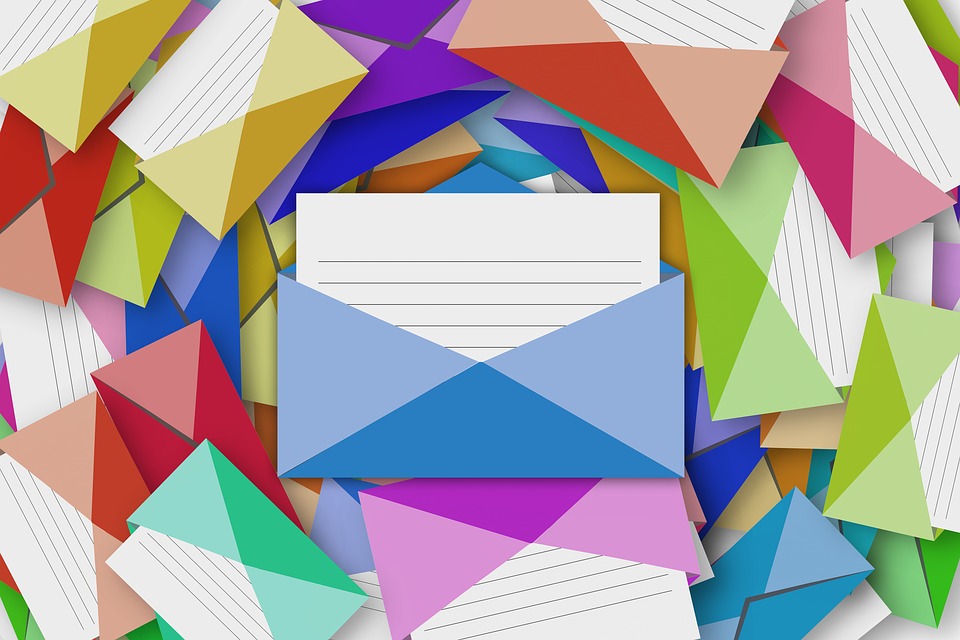A customer comes to your bakery and orders a custom-designed cake; you go above and beyond and make a gorgeous cake for him. Most importantly, your customer is happy after looking at her daughter’s special birthday cake. You ask that customer to leave a review, and he is agreed, but you send a review invite a week later when that customer might have already forgotten about the experience; therefore, he did not write the review.
This is the dilemma of most businesses without a text message automation system. The inability of businesses to mass text their customer can cause them a loss in revenue because they cannot send relevant promotions at the right time. In addition, without this system, you cannot engage with your customer other than during working hours, and it can cause your employees to waste extra time on setting and scheduling appointments.
You might think that it is a very sophisticated technology and it must be very expensive, but the reality is quite the opposite. In this article, we will show you why should you integrate your business with automated texting, its features, and it is much more affordable than you think. So, let’s get started.
What is Automated Text Messaging?
This setup empowers businesses to send automated messages to their clients, customers, patients, and patrons. These messages are configured to be triggered upon an event or some sources so that customers could get some important information or a reminder of that specific event in time.
Automated texting can also offer many other purposes like engaging customers after a specific time, sending promotions, and gathering valuable reviews. Furthermore, this technology can be customized for product delivery, appointments, lead conversion, and customer follow-ups, consequently enabling you to win more business, generate more revenues, and remain competitive in the market.
Why Should You Send Automated Messages?
Nowadays, almost every other process is going automated because automated tasks are much more seamless and efficient. So, if you want your employees to send messages to your clients about appointments and promotions, it would be enormously hectic, inefficient, and time-consuming.
With automated texting, you can offer your employees and customers unmatched convenience. According to the survey, now about 85pc consumers expect businesses to offer a more convenient mode of communication. Before Covid, this demand for ease was 65pc, and during the pandemic, it skyrocketed.
Therefore, it is now more important for a brand to offer their customers more convenience to stay competitive in the market, and it is not possible without these technologies.
How are Businesses Using This Technology?
Automated texting is a way to conserve valuable time and resources; on the other hand, it boosts productivity, revenues, and customer engagement; hence it makes doing business highly efficient. There are numerous ways in which local businesses are applying this technology to optimize their experience. Most competent ways are discussed below.
Installing SMS Autoresponder on their Websites. Nobody in the world likes to wait on customer service. However, questions will inevitably bond to arise, and customers need answers at once. For this problem, automated messages are the best response.
Here is some data, about 41pc expect to see a chat option when they arrive at a website, and another survey reveals a 48pc increase in revenues per chat hour and a 40pc increase in conversion rate. Furthermore, 41pc of customers desire live chat support.
Many businesses are using automated messaging in after-hours communication. This essentially removes the time limit for the customers and makes them more engaged and consequently satisfied. Last but not least, with setups like Webchat, you can respond to FAQs with automated messaging, resultantly saving more time for your employees.
Reputation Management
A massive 88pc customers are saying reviews influence them in discovering a business. This makes reviews 2-time important factor than loyalty and 7.4 times more important than traditional marketing. People read reviews; this is it; this is the bottom line! This has become a high-stake play. How will you manage your reputation?
Numerous businesses used automated messaging to stay on the top of google searches. The right movement for asking for a review vary business to business, but an invite should arrive at the highest movement of satisfaction so that no good opportunity could drain.
Automated texting has become the primary means of review collection by ensuring that every customer has sent an invite to share their experience. It is being used to collect feedback, enabling businesses to improve customer experience.
Used for payments
Paying by credit card and by cash are primitive means of payment, being used for decades. But if you think that these are the only two options available, you might miss the top 31pc customers’ primary choice.
In this regard, you can text the customers their invoice; they will pay via a text link, slashing bill wait and creating more ease for the customer. This is more advantageous in industries like healthcare, where bill collecting is normally hard. According to a survey, two-thirds of high-paying customers rated text payment as “liked” and “strongly liked “. Payment through text makes your business more efficient and appealing than the rest.
How to Set up Automated Text Messaging?
In this regard, you are required to purchase software and the right type of messaging tools. When you are searching for automated texting software, you should perform thorough research and identify your needs. It must enable you to send numerous types of messages at once and regularly report on data and performance.
Conclusion
Automation of your daily business operations is an effective way to optimize your time and resources, and, in this regard, text message automation systems can be obliging. It will help you to raise your standards of customer care and services. Furthermore, you would be able to meet the expectation of your customers by considering feedback and improving your quality of service. Ultimately, it will remain ahead of the race in this vibrant environment.




